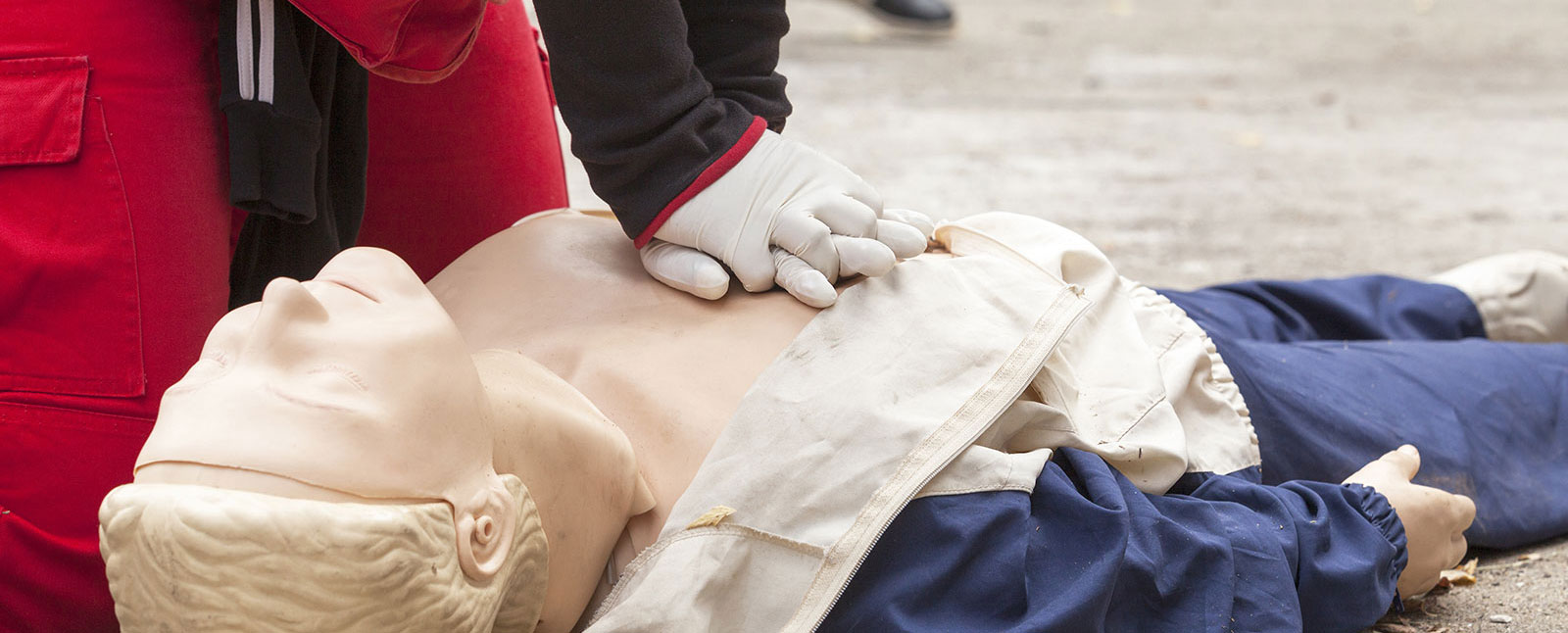
I read a heartbreaking story today about a grandmother who was killed in a car crash trying to drive her bleeding grandson to the hospital. As a CPR and First Aid instructor and a semi-retired EMT, I have a lot of input and experience on the very topic of “When to Call an Ambulance”. There could also be a similar essay on “When Not to Call an Ambulance” as any professional rescuer knows the number of calls received seem mostly like non-life-threatening emergencies.
In my street days, I actually got pretty burned out running the unbalanced amount of non-emergent calls, or the “Frequent Flyers” as we liked to call them back then. The same old drunk, druggies and mentally ill victims calling inconveniently during the worst snow storm, pouring rain or our preciously short meal times. The “real” calls seemed to far and few between these types of calls that you sometimes forgot that you signed up for this job to save lives, not babysit.
Now that I teach CPR and First Aid as my primary gig, I talk to a lot of people who chose to drive their loved ones to the hospital rather than call (and wait) for an ambulance. Where we live, it is considered rural and we have (1) fully staffed ambulance on call for our two towns, Loda and Paxton. The ambulance is in Paxton and Loda is 5 miles outside of Paxton. The ambulance is skillfully run by the local hospital in Gibson City, 12 miles west of Paxton. So yes, if an ambulance is needed in Paxton or Loda and the current unit is already on a call, it could be a wait for another to get into town or up to Loda. “This is the reason for good first aid and CPR skills!” I tell my students. I have never suggested that they NOT call an ambulance. I try to impress upon them the reasons an ambulance can make a difference; they have immiate drugs and medical interventions to offer, oxygen and a trained driver to get your sick or injured loved one to the hospital safely. They can be the difference between life or death.
If you read the story about the poor grandmother in NC, you’ll see that she incorrectly assumed that she could drive through a red light, and that honking her horn would give her the right and the “visibility” to do it. As an ex “ambulance driver”, I can tell you that people don’t stop for us when we’re using lights and sirens, why should they stop for the minivan honking its horn? Let’s also take that a step further for anyone else who drove a loved one to the hospital when they should have called an ambulance: you are driving impaired! You may not realize it, but you are distracted by the pain and suffering of your loved one. You know you shouldn’t drive drunk, you should drive while using a cell phone or texting, you shouldn’t drive under the influence of medication, nor should you drive when you are distracted by a bleeding or deathly sick relative.
Please read the list below. This is from the American Heart Association’s HeartSaver First Aid for the Workplace textbook. It is a list for “When to Call 911″. If you need help with signs and symptoms of any of these conditions or situations, please email for additional information.
Does not respond to your voice or touch
- Has pain in their chest
- Has signs of a stoke
- Has a problem breathing
- Has a bad burn or injury
- Has a seizure
- Suddenly can move a part of the body.
- Has received an electrical shock
- Has been exposed to poison
- Tries to commit suicide or is beaten up
Jennipher K. Wilson
vital.education@att.net
Vital Education and Supply, Inc.
116 Shawnee Lane, Loda, IL 60948
Office: 877-558-7377

